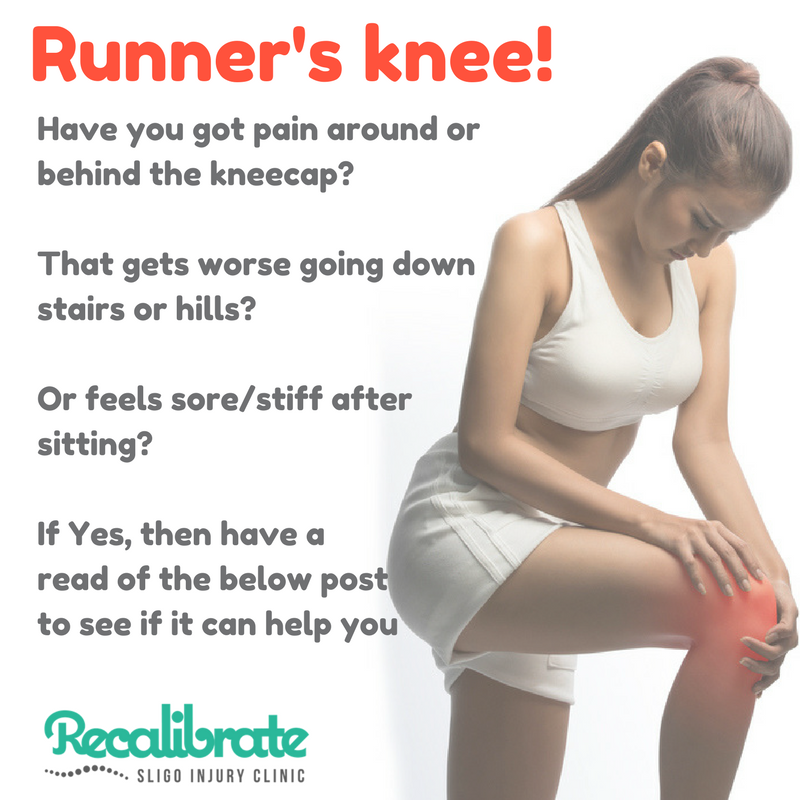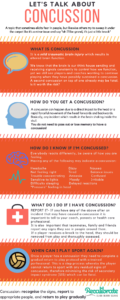
Despite the name, runner’s knee isn’t just for runners, it’s a general name given to pain around the knee cap and is also known as patellofemoral pain syndrome.
What does it feel like? This can be an achey feeling around or behind the kneecap when doing certain movements like going down stairs, hills or after sitting for a while.
What can cause it? While there is no definitive one size fits all answer, there are many different factors which may cause runner’s knee. These can include an increase in training load, running on uneven surfaces, inadequate footwear, extended sitting. Physical factors can include how the patella moves, not enough strength in the quadriceps, glutes or calf muscles, a lack of flexibility in calf, hamstrings or hip flexors, balance issues and ankle dorsiflexion may all play a role in runner’s knee.
How do I fix it? First we need to figure out why it’s occurring, if we know that then we can look at ways to decrease the pain. Here are some simple tips you can implement to see if it will help your pain. Training: Initially it’s important to decrease the training load and go for a 10% increase/week if running. Also, mix up the training, don’t have too many hills in every session. Aim for a shorter stride length.
Movement: Try not to sit down in the one position for too long, stretch your legs or move around if possible.
Balance: stand on one leg and try to stay in the one spot without falling for 30 seconds, when this gets too easy close your eyes and see how you get on. If it’s too hard use the wall or chair as support until you build up your balance.
Strength:
1)Clam exercises – lie sideways, bend both knees, keep heels together and lift the top knee away from the bottom knee, make sure you don’t roll sideways and do the exercises slowly.
2)Double leg mini squats: stand with feet shoulder width apart, toes point slightly outwards and squat down slowly, for this you don’t want to go below parallel, it’s a mini squat! Keep an eye on how your knees move, do they drop in or out a lot? If so work on controlling the knee as you do the squat, using a band around the thighs can help give feedback for this or look in the mirror.
3)Straight leg raise: lie down flat, bend the knee which doesn’t hurt to about 45 degrees’ angle and keep the other leg straight out on the ground, make sure your back is flat. Point your toes up towards the roof and slowly lift your leg off the ground, when it’s in line with the opposite leg hold for 5 seconds and lower it back down.
Stretching: quads, calf and hamstring stretching hold for 30 seconds and repeat 3 times.
Taping: sometimes ktaping or using a method called McConnell taping can decrease the pain, it can provide feedback. While this may be beneficial short term it generally doesn’t get to the root of the cause of the problem
Footwear: make sure your runners aren’t too old or worn out, have a look at the soles and see is it time for an upgrade.
It’s important to note that what works for one person may not work for another, so even if you seem to have the same problem as someone else the reason causing it may not be the same. That’s why their pain may have gotten better by doing certain exercises but it’s not helping you. If you have any worries or are unsure about your pain, it’s easy to get in touch to have your issue assessed and figure out what’s causing the problem.

